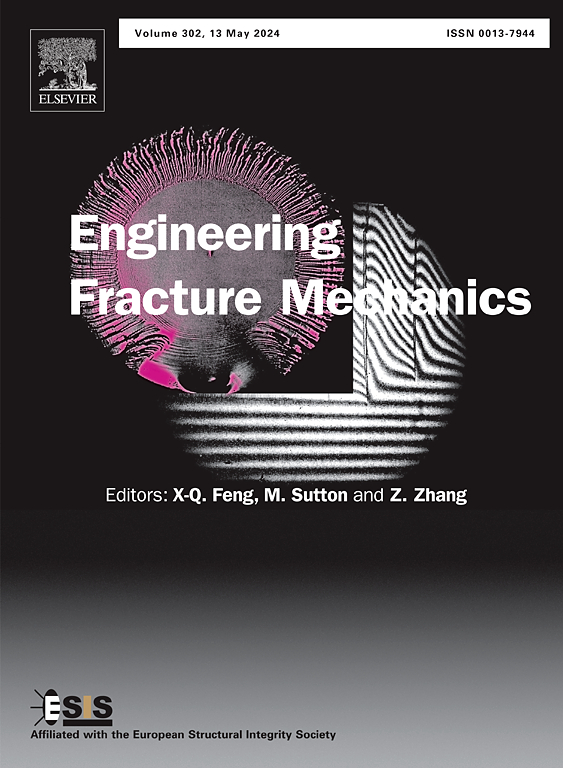Comparative experimental investigation on shale fracture propagation induced by high-temperature water and carbon dioxide
IF 4.7
2区 工程技术
Q1 MECHANICS
引用次数: 0
Abstract
High-temperature convective heating is a promising in situ conversion method that has the potential to improve the productivity of oil and gas reservoirs substantially. Thermal fluid can efficiently fracture rocks and enhance the permeability of reservoirs. A self-developed in situ high-temperature convective thermal simulation experimental equipment was utilized to fracture shale in this research. The patterns of fracture propagation in shale fractured by high-temperature water and CO2 were systematically investigated. The experimental results indicated that high-temperature convective heat may significantly decreased the fracture pressure and increased the complexity of fracture propagation. In comparison to conventional hydraulic fracturing, the fracture pressure of shale decreased by 50.75% with 450℃ water fracturing and by 62.23% with 450℃ CO2 fracturing. The decrease in shale fracture pressure mainly resulted from the permeation of low viscosity fluid into minuscule pores or fractures, reducing the effective stress. Elevated temperature fluid induced the formation of many bending fractures, and the width of these fractures enlarged. As the temperature of the injected fluid rose, the intensity of thermal shock, the number of microcracks, and the severity of rock damage all increased. CO2 fractured shale had more branch fractures and rough fracture surfaces than water. These characteristics facilitated the formation of complex fracture networks inside the shale. The fracture properties of thermal fluid fracturing shale were better understood through this work, which offered references for implementing in situ high-temperature convective thermal recovery in shale reservoirs.
求助全文
约1分钟内获得全文
求助全文
来源期刊
CiteScore
8.70
自引率
13.00%
发文量
606
审稿时长
74 days
期刊介绍:
EFM covers a broad range of topics in fracture mechanics to be of interest and use to both researchers and practitioners. Contributions are welcome which address the fracture behavior of conventional engineering material systems as well as newly emerging material systems. Contributions on developments in the areas of mechanics and materials science strongly related to fracture mechanics are also welcome. Papers on fatigue are welcome if they treat the fatigue process using the methods of fracture mechanics.

 求助内容:
求助内容: 应助结果提醒方式:
应助结果提醒方式:


